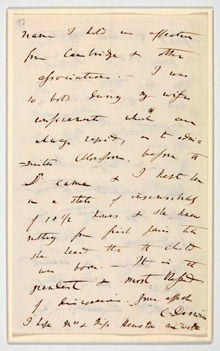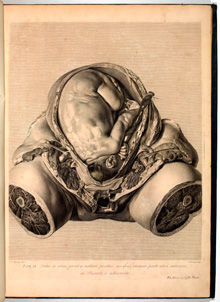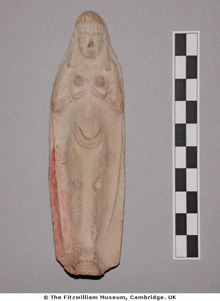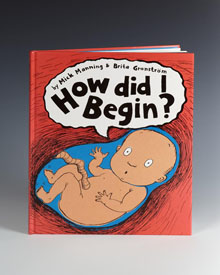Books & Babies: Communicating Reproduction
7 July–23 December 2011
(Closed 29 August and 12–18 September inclusive)
Monday-Friday 09.00-18.00,
Saturday 09.00-16.30,
Sunday closed

The Virgin nursing the Christ child, in a fifteenth-century French manuscript prayer book. Scholastics regarded the conception and birth of Jesus as evidence of extraordinary generation, but the Virgin was a more general model for motherhood. MS Ii.6.23
The London underground displays posters for fertility clinics, directed at both women and men. Picture books teach children the facts of life. We are always reading about reproduction. Reproduction also describes what communication media do—multiply images, sounds and text for wider consumption. This exhibition is about these two senses of reproduction, about babies and books, and the ways in which they have interacted in the past and continue to interact today. Before reproduction there was generation, a broader view of how all things come into being than passing on the blueprint of a particular form of life. Before electronic media there were clay figurines, papyrus, parchment, printed books and journals. The interactions between communication media and ideas about reproduction have transformed the most intimate aspects of our lives.
‘Books and Babies: Communicating Reproduction’ has been supported by a Wellcome Trust Strategic Award to the ‘Generation to Reproduction’ project.

In 1850 Charles Darwin wrote to his Cambridge friend, the botanist John Stevens Henslow, to announce the birth of Leonard, his fourth son, and his early use of chloroform in childbirth. MS DAR 93: A97
See this letter on the Darwin Correspondence Project website

William Hunter’s lavishly-produced Anatomy of the Human Gravid Uterus (1774) claims to unveil the mysteries of generation by offering the viewer a vicarious, even prurient, experience of dissection. Its engraver Jan van Rymsdyk underlines the individuality of these particular bodies by including minute details, but also depicts the mother’s body with great violence, severing limbs to highlight the position of the fetus. Path.aa.5, plate VI

This small clay figurine of a woman holding her breasts is from the ancient Near East. It might have been used to aid fertility or childbirth or may simply have represented maternity or fertility. Fitzwilliam Museum, ANE.52.1913




